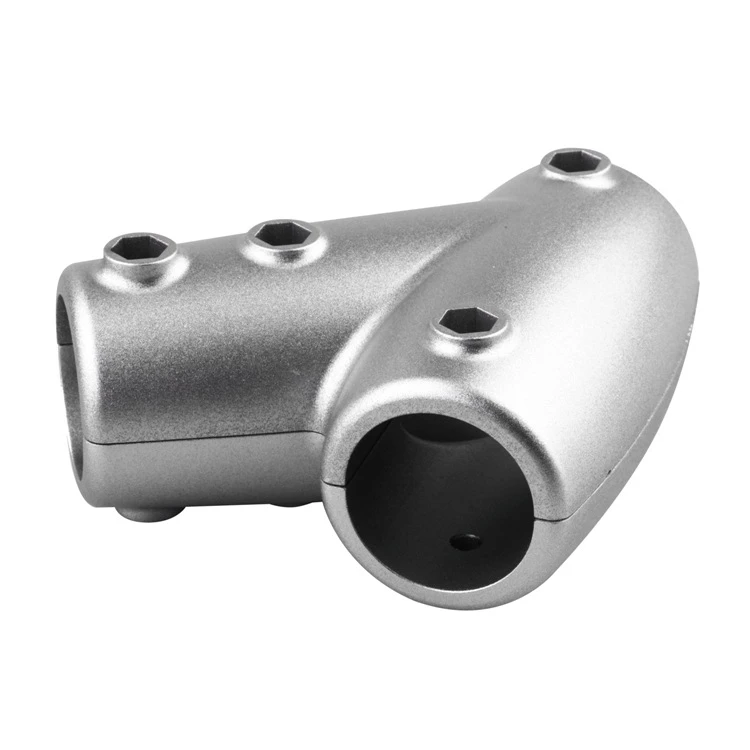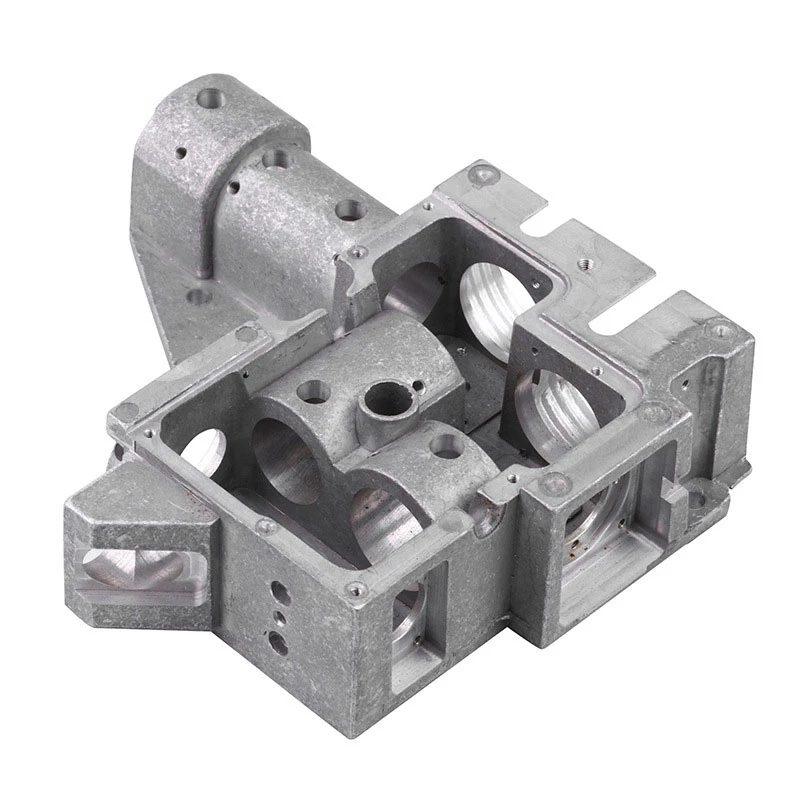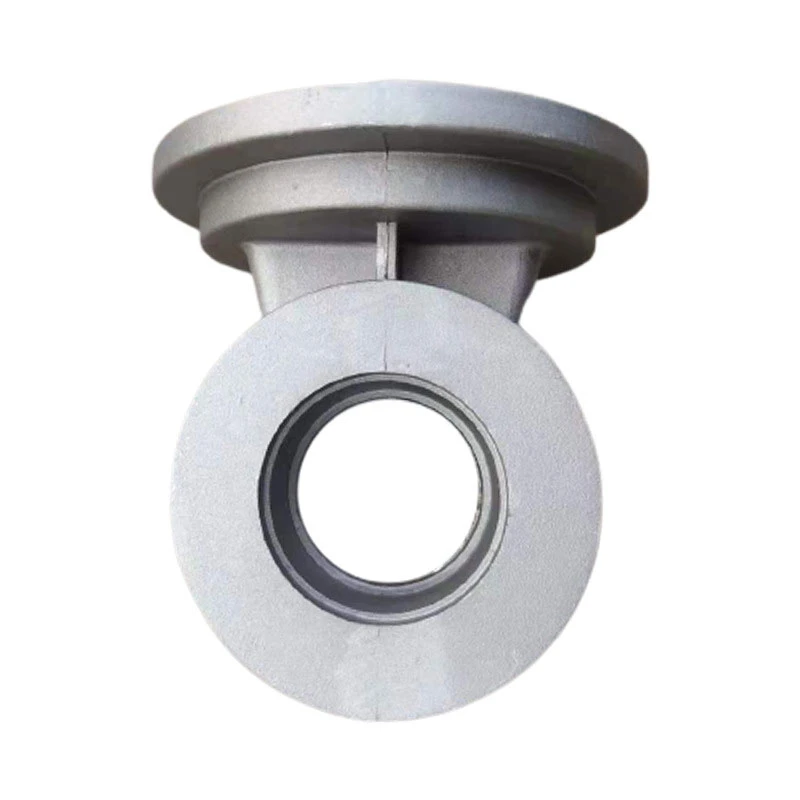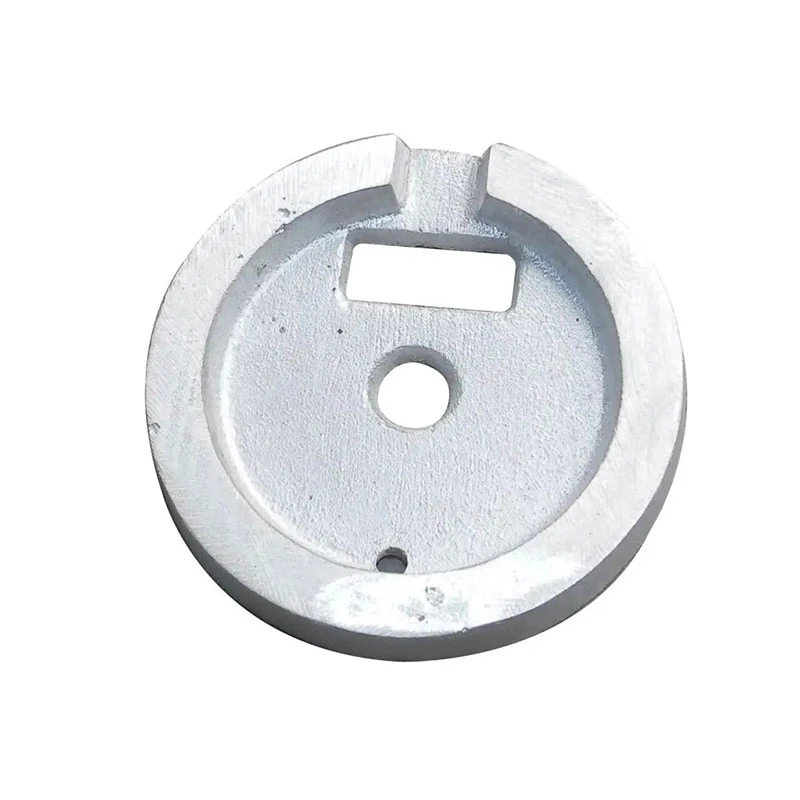precision casting vs investment casting
Precision Casting vs. Investment Casting Understanding Their Differences and Applications
In the world of manufacturing, particularly in the production of metal parts and components, two prominent techniques stand out precision casting and investment casting. While they may seem similar at first glance, they have distinct differences in their processes, applications, and resultant qualities. This article delves into the intricacies of both casting methods, highlighting their benefits, limitations, and appropriate applications.
Precision Casting An Overview
Precision casting is a process designed for generating highly detailed and accurate metal parts. It typically involves a technique called lost-wax casting, where a wax model of the desired part is created and coated with a ceramic shell. Once the shell is formed, the wax is melted and drained away, leaving a cavity that the molten metal will fill. The precision casting process is known for producing components with tight tolerances and intricate shapes, making it ideal for industries requiring high-precision parts.
One of the significant advantages of precision casting is its remarkable dimensional accuracy. Parts produced through this method can achieve tolerances as tight as ±0.1 mm in some cases. Moreover, the process produces a smooth surface finish, reducing or eliminating the need for further machining. This efficiency not only saves time but also minimizes production costs in the long run.
Precision casting finds extensive applications in various industries, including aerospace, automotive, and medical devices. Components such as turbine blades, fuel injectors, and intricate surgical instruments are often produced using this technique due to the intricate designs and critical tolerances that these applications demand.
Investment Casting A Closer Look
Investment casting, while often used interchangeably with precision casting, has its nuances that set it apart. Similar to precision casting, investment casting also employs the lost-wax method. However, it encompasses a broader range of materials and tends to cater to larger production runs. The process begins with creating a wax model, followed by coating it with a ceramic material to form a mold. The wax is then melted away to leave a hollow cavity, and molten metal is poured into this cavity to form the desired part.
precision casting vs investment casting

One of the key benefits of investment casting is its versatility in terms of materials. It can accommodate a wide range of metal types, including aluminum, stainless steel, and specialty alloys. This flexibility makes investment casting a popular choice for industries that require varied material properties or high -performance components.
Investment casting is also prized for its ability to produce complex geometries. Unlike techniques such as sand casting or die casting, investment casting can yield parts with thin walls and elaborate internal features, which are often critical in applications like aerospace and automotive manufacturing. Additionally, the process minimizes waste material, making it a more sustainable option compared to traditional casting methods.
Comparative Analysis
When comparing precision casting and investment casting, it’s essential to consider factors such as production volume, material requirements, and desired end-use characteristics. Precision casting is typically preferred for lower volume but high-precision parts, whereas investment casting shines in mass production scenarios where complex geometries are required.
Moreover, while both processes deliver high-quality finishes, precision casting may offer a slight edge in achieving tighter tolerances. In contrast, investment casting is favored for its cost-efficiency when scaling up production.
Conclusion
In conclusion, both precision casting and investment casting serve essential roles in modern manufacturing, each with its unique advantages. Understanding the distinctions between these two casting methods helps manufacturers choose the right process based on their specific requirements. Whether it’s the unparalleled accuracy of precision casting or the versatile material choices and capabilities of investment casting, both methods contribute significantly to the advancement of technology across various industries. Ultimately, the choice between precision and investment casting depends on the unique needs of a project and the specifications of the end-product, ensuring that manufacturers can deliver quality components that meet stringent demands.
-
Aluminium Pressure Die Casting High-Precision & Durable Solutions for Complex PartsNewsJul.08,2025
-
Top Aluminum Sand Castings Manufacturer – Precision Green Sand Castings for Industrial NeedsNewsJul.08,2025
-
Precision Lost Wax Casting Quotes – High Accuracy Custom Parts Lost Wax Precision Casting ServicesNewsJul.07,2025
-
High-Quality Sand Used for Casting - Superior Sand for Sand Casting ProcessesNewsJul.07,2025
-
China Supply High End Metal Stamping Parts Sino - Precision Manufacturing FactoryNewsJul.06,2025
-
High-Quality Automotive Investment Casting Services Precision & Sand Casting SolutionsNewsJul.06,2025















